Words Have Meaning: Dodge Is Not The Fastest-Growing Performance Brand In America, Whatever That Means
After climbing to a five-year high in 2013, sales at Fiat Chrysler Automobiles’ Dodge brand fell 4 percent in calendar year 2014 and a further 10 percent in 2015.
So when TTAC columnist Bark M. tweeted a Dodge marketing tagline — “Fastest Growing American Performance Brand” — my confusion, doubt and skepticism were kindled.
Bark heard the tagline in a radio ad, which unfortunately isn’t Googleable. However, he swiftly supplied a link to this 2016 Dodge brochure in which the following claim is made: “The Dodge brand may have started from humble beginnings, but it is now the fastest-growing performance brand.[1]*”
Seriously? Let’s look into it.
After a dozen or so emails and one phone call with FCA’s public relations department, we found some answers — none of which are wholly satisfying.
The brochure’s disclaimer is exceptionally brief. “Data is calculated using the latest available year-over-year (YOY) retail vehicle registrations.” The latest?
In our conversations with FCA, the figures quoted were from January 2015 and the year-over-year comparison with January 2014. Though the claim was sufficiently current when the brochure was first created for model year 2016 vehicles, FCA spokesperson Eileen Wunderlich says the company is “looking into editing the online version of the brochure.”
Yet even if the claim applied to a more recent period of time — the first four months of 2016, for example — questions would still linger. Since when is Dodge, a brand in which 57 percent of its sales are derived from minivans and crossovers, a performance brand? And if Dodge is a performance brand, what other automakers fall under this illustrious, enthusiast-pleasing banner?
Dodge sets up the correlation out of the gate by printing “the Dodge brand” and “performance brand” in the same sentence, thus causing the reader to assume FCA’s marketing material refers to the entire Dodge brand as a performance brand. Remember, Dodge’s lineup includes a seven-pronged line of vehicles: the Grand Caravan minivan, Durango and Journey crossovers, Challenger coupe, Viper sports car, and Dart and Charger sedans.
Indeed, the brochure continues to lend credence to this assumption. “It’s the brand that boasts both style and power, and never makes you choose between the two.” Never?
“With more than 100 years under their belt, each of the seven vehicles in the 2016 Dodge lineup pays homage to its iconic bloodline with award-winning features and superior craftsmanship.” Each of the seven vehicles?
It doesn’t sound as though Dodge is referring to a specific subset, but according to Wunderlich, that was the intention. “The claim was made based on the performance trim levels of Dodge versus the performance trim levels of competing manufacturers,” Wunderlich says.
Dodge is not short on beastly performance, what with the Viper and 707-horsepower versions of the Challenger and Charger, not to mention SRTs and R/T Scat Packs. But when we hear “performance brand,” we neither hear nor expect to hear “performance trim levels.” Consumers can’t be expected to read between the lines to such a degree, particularly when the disclaimer is so terse.
As for competing manufacturers, we’re still unsure what qualifies a “performance brand” in Dodge marketing parlance. FCA declined to share with TTAC the January 2015 year-over-year sales data compiled in order for Dodge to make this ambiguous claim. Are we talking about AMGs and Ms? Non-SUV Porsches, or only the S-badged Porsches? What about the Ford Focus ST and Fiesta ST? Does the Mustang GT qualify? Even at Dodge, is a Charger R/T sporty enough to be a Dodge performance vehicle, or does it need the Scat Pack or upgraded SRT engine?
Truthfully, Dodge sales are growing, but 10 competing brands are growing faster. Through the first-third of 2016, brand-wide volume is up 9 percent, year-over-year, a gain of nearly 16,000 sales. The gains, however, aren’t produced by Dodge’s performance-oriented vehicles. At this point in 2015, a plant shutdown at FCA’s minivan factory in Windsor, Ontario, caused minivan sales to plummet. Thus, in early 2016, sales of the Grand Caravan more than doubled, growing by 23,871 units to 46,915 sales through the end of April. Meanwhile, Dodge Durango volume is up 30 percent, a jump of 6,002 sales to 26,019.
Dodge’s cars? The Challenger, Charger, Dart, Viper, and defunct Avenger combined for a 14-percent decline in early 2016, a loss of almost 13,000 sales.
If FCA wants to make verifiable claims about the fastest-growing auto brands in America, they certainly have a case to make — just not with Dodge. Jeep sales are up 17 percent so far this year thanks to the addition of the Renegade, continued growth from the Compass/Patriot, and improving Grand Cherokee volume.
With a 17-percent year-over-year sales improvement, Jeep is the fastest-growing auto brand in America.*
* Fastest-growing volume brand. Discontinued Scion is up 53 percent. Volvo, with only 0.4-percent of the market, is up 23 percent. Spelling out the conditions of a claim isn’t so difficult after all.
[Image Source: FCA]
Timothy Cain is the founder of GoodCarBadCar.net, which obsesses over the free and frequent publication of U.S. and Canadian auto sales figures. Follow on Twitter @goodcarbadcar and on Facebook.
More by Timothy Cain
Latest Car Reviews
Read moreLatest Product Reviews
Read moreRecent Comments
- SCE to AUX With these items under the pros:[list][*]It's quick, though it seems to take the powertrain a second to get sorted when you go from cruising to tromping on it.[/*][*]The powertrain transitions are mostly smooth, though occasionally harsh.[/*][/list]I'd much rather go electric or pure ICE I hate herky-jerky hybrid drivetrains.The list of cons is pretty damning for a new vehicle. Who is buying these things?
- Jrhurren Nissan is in a sad state of affairs. Even the Z mentioned, nice though it is, will get passed over 3 times by better vehicles in the category. And that’s pretty much the story of Nissan right now. Zero of their vehicles are competitive in the segment. The only people I know who drive them are company cars that were “take it or leave it”.
- Jrhurren I rented a RAV for a 12 day vacation with lots of driving. I walked away from the experience pretty unimpressed. Count me in with Team Honda. Never had a bad one yet
- ToolGuy I don't deserve a vehicle like this.
- SCE to AUX I see a new Murano to replace the low-volume Murano, and a new trim level for the Rogue. Yawn.


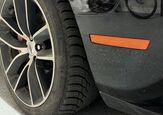



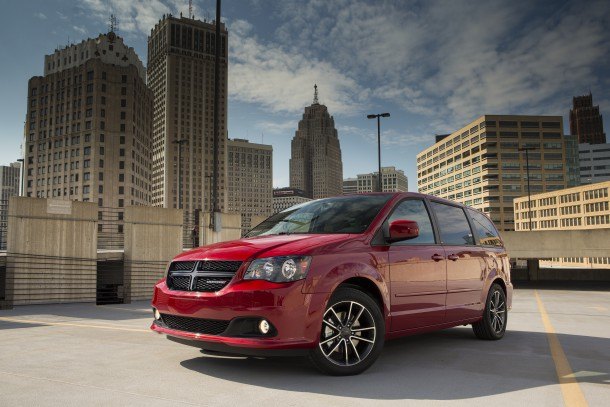
















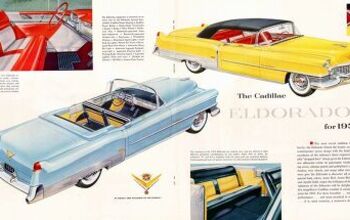





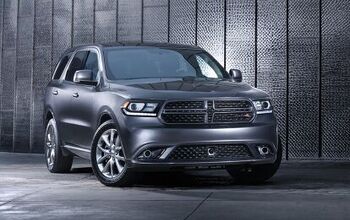



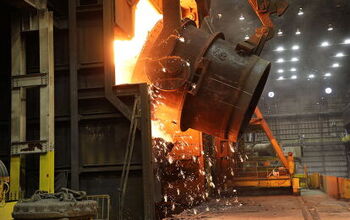



Comments
Join the conversation
I dunno man, a Pentastar Caravan can BOOK IT on the highway, and I imagine a lighter Journey could book it further still.
The Avenger with the 3.6l Pentastar was the least expensive 14 second car on the market.